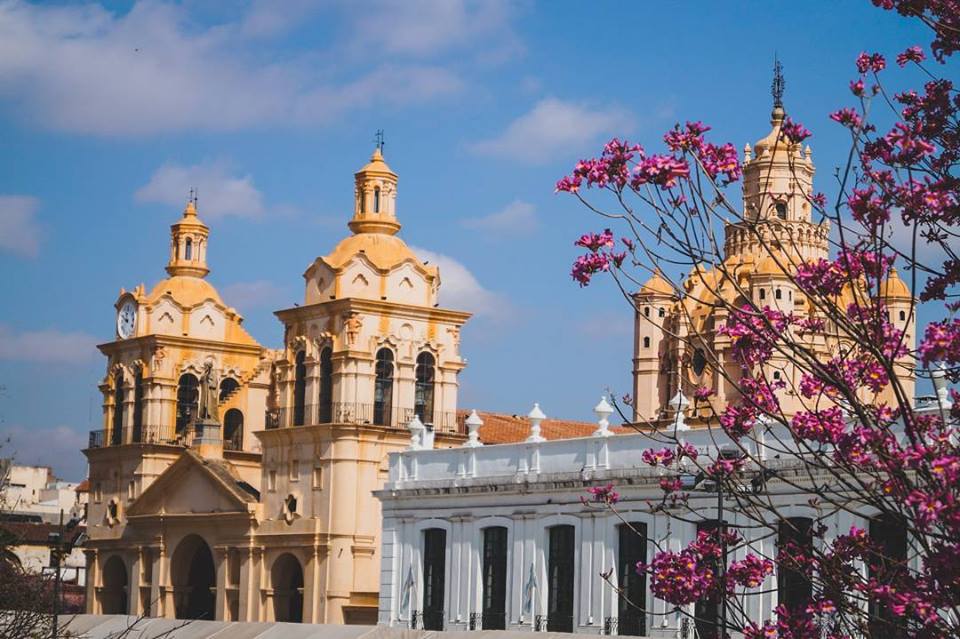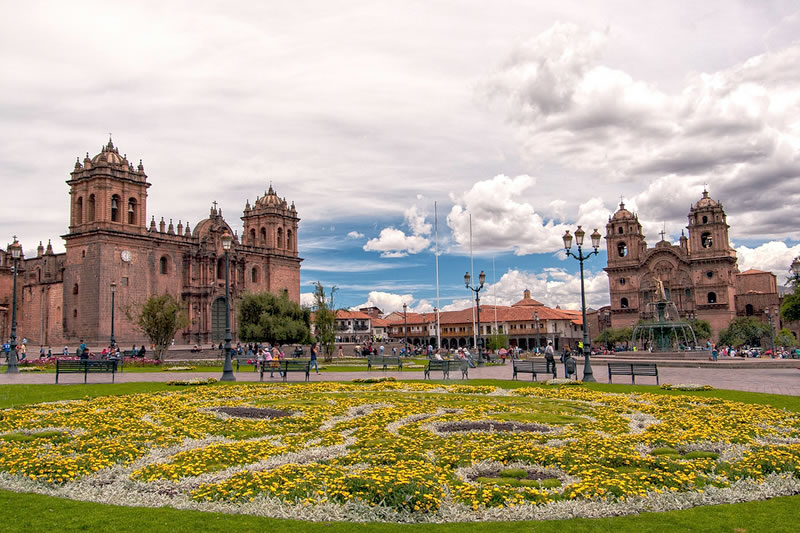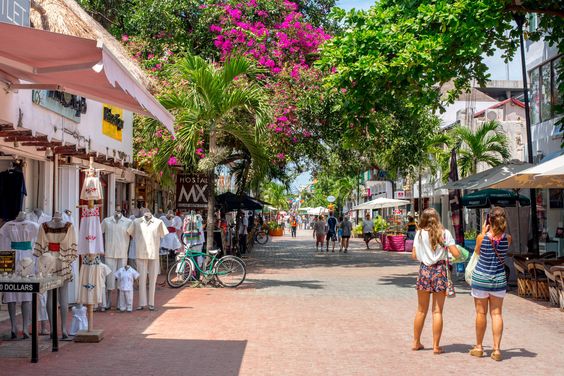Cartagena is a colonial city on Colombia’s Caribbean coast. The historic walled city remains alongside the ultramodern skyscraper-filled Bocagrande. Cartagena is famous for its castles, culture, history and colourful buildings. Here is a brief history of this fascinating city.
Cartagena has played a major part in Colombia’s history, protecting the country from a number of invasions, as well as battling pirates who desired the city’s treasure and riches.
The city was founded on the 1st June 1533, by Spanish Commander Pedro de Heredia, who took over an abandoned Amerindian Caribbean village known as Calamarí and started building a settlement of his own. The first Spanish settlers were sailors who had arrived from Cartagena, Spain to start a new life; they established the town as Cartagena de Indias in reference to its Spanish counterpart. At this time there were about 200 inhabitants and a church. In 1552 a fatal fire flattened all the wooden buildings, after which the governor ordered all the replacements to be made from stone. Treasures were discovered in the tombs of the Sinus Amerindian tribe, who buried their dead with all their riches, this led the city to prosper.
The city was invaded many times due to its prosperity and reputation for great treasure. In 1563, the city was invaded by French Huguenot nobleman Jean-Francis Roberval, Sir Francis Drake (1586), Sir John Hawkins (1576), Robert Baal (1586), Jean-Bernard Desjeans and Jean Ducasse (1697). All wished to lay claim to the city’s riches for themselves and their homelands. At this time all the Spanish riches were transported through Cartagena, earning the city large sums to build mansions and the city attracted people from all over the country who were looking to make their fortune.
At the end of the 16th century the city identified its need for protection and started to build a wall and fortress surround. The Spanish poured huge amounts of money into the creation of the defenses to protect their wealth. At this time the port was the largest in the Americas and held a lot of raw materials. In the 17th Century the King of Spain ordered the city of Cartagena to become a hub for the slave trade, adding further to the city’s riches.
In 1741 the Queen of England ordered Edward Vernon to invade every Spanish port in the Caribbean and take the country for their own in order to gain control of the Americas. The Battle of Cartagena was a deadly one for both sides, ending in a Spanish victory. After this intense battle, the city fortified further, improved and rebuilt its defenses to became the most protected port in South America.
Cartagena played a significant role in Colombia gaining its independence, in 1811 it was the first city to declare independence from Spain. This failed attempt resulted in the city being taken back by the Spanish and captured by General Pablo Morillo. During the War of Independence the city was once again the first to declare independence from Spain in 1821. The city recovered well and remained an important trade and shipping port.
1948 brought on one of the country’s civil wars, this time between the Liberals and Conservatives in a war named ‘La Violence’, the city wasn’t directly involved due to its importance for the country’s imports and exports. It continued to prosper through the export of oil, platinum, coffee, sugar, tobacco and textiles.
Today Cartagena has rapidly expanded and is now home to over 1 million inhabitants and is still the country’s largest port, specialising in petrochemicals. Despite all these changes the ‘walled’ Old City remains unchanged, with colonial architecture and its historic buildings preserved.
Source: theculturetrip.com










